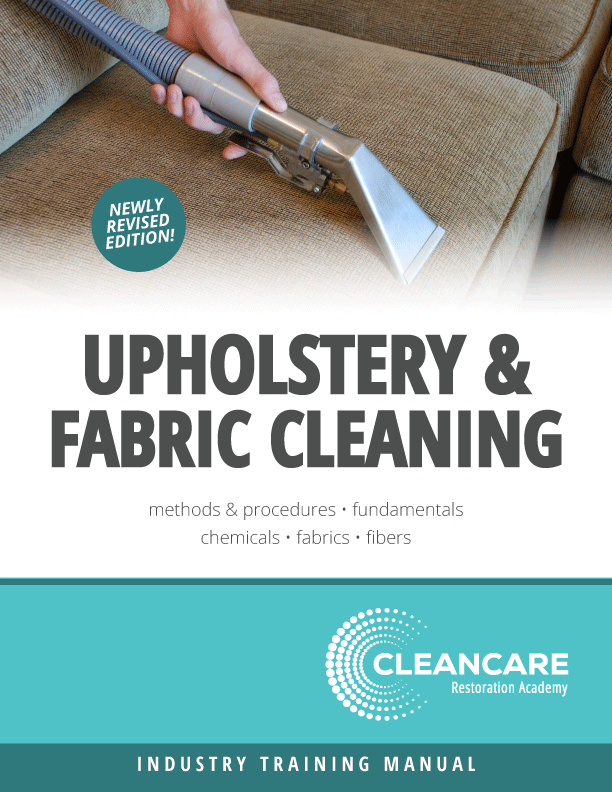Finding High Profits in Electronics Cleaning and Restoration

Cleaning and restoring electronics is a very high profit service to add to your contents cleaning division. While electronics cleaning is not difficult, you will need the right training, equipment and expertise or you could get in over your head really fast and wind up costing yourself a lot of headache and money.
In this article I’m not going to talk about the technical “how to” side of this specialty cleaning process. That has already been covered by some very skilled writers in R&R, and I would recommend you go to randrmagonline.com and look them up.
I want to talk to you about being out in the field, what you don’t know you don’t know, some of the hurdles that you may come across, and how you can deal with them.
Expertise and Equipment
When it comes to cleaning and restoring electronics you will need to get the right training to gain the skill level necessary to properly handle the process. Electronics are delicate in nature and need to be dealt with accordingly.
The main cause of damage is the acidity in soot. This acidity destroys metals, causing discoloration and disintegration, which can be quite damaging to circuits and wires. Therefore, knowing what not to do can be just as important as knowing what to do. For instance, the last thing you want to do is turn the affected electronic item on to see if it still works. Not only can this be a safety hazard but this could also cause the acidity to immediately damage the item in question.
Time is also of utmost importance. The amount of time you wait before you start cleaning or restoring the items can have a huge effect on whether or not your efforts will be successful. It’s critical to get the damaging smoke and soot cleaned off as soon as you can.
If the item is still under warranty, you may void the warranty by cleaning it or removing parts to be able to properly clean it. For instance, some flat screen TV manufacturers will immediately void the warranty on an item if the back has been removed. The same goes for some Blu-ray players. This would be something you will want to talk with your homeowner about before proceeding with any restorative cleaning of such items.
Using the right equipment and supplies is also key. You will need an ultrasonic machine, deionized water, a drying chamber, specialized detergents, anti-static mats, grounding straps and a rinsing chamber. Taking a specialty class in ultrasonics will help you understand water temperature needed, cleaning solutions to use and how to properly rinse your electronics after dipping them, as well as proper frequency to use when cleaning these delicate items.

Cost to Clean vs. Cost of Replacement
Electronics vary greatly in price. It is important to know the value of the pieces you are dealing with to determine if it is cost effective to clean them. In some cases, cleaning may be cost prohibitive as the item may cost less to replace. This is especially important to consider when dealing with older electronics. In the electronics world, with the fast pace of innovation, some electronics are considered old or out of date within just six to nine months of purchase. For this reason, the adjuster may ask you for an estimate of total cost to clean all electronics to determine if they will authorize cleaning over replacement.
The replace vs. clean question takes on a whole different level when you are talking about an office building full of computers vs. a single family home.
Homeowner or Adjuster Resistance
The biggest resistance I find is with the homeowners themselves. They have a hard time wrapping their head around their 65-inch $3,000 flat screen TV that is now covered in black soot being cleaned and good as new. Or their $3,000 iMac computer being okay after it is dipped in water.They are worried about their warranty, safety of use, and short term failure after cleaning. Fear of failure after cleaning can also be a concern for the adjuster.
For this reason, some restoration companies will offer a short term warranty stating that if the item fails after “X” amount of time after cleaning, they will refund the cost of cleaning. This can provide reassurance to all parties involved.

Another big concern I find with homeowners is if an item involved in a fire fails or stops working after it is cleaned or restored, they have a limited amount of time to turn that item in on their contents claim to get a replacement. I would encourage them to talk with their adjuster about exactly what these timeframes are on their policy.
Also, the thought of putting an electronic anything in water just doesn’t make sense to most. Educating the homeowner and the adjuster on the cleaning process can alleviate a lot of this concern. Done right, this will also demonstrate your knowledge and expertise level on the topic to both parties. Create a brochure or even a client care binder that strictly speaks to electronics cleaning and explains the processes your company uses. Be clear on your guarantee you give not only to the homeowner but the adjuster as well.
Electronics cleaning is some of the highest profit margin cleaning you can do in your contents division. And with the right training, systems and procedures in place you can become known as the go-to expert and dominate your market.
Looking for a reprint of this article?
From high-res PDFs to custom plaques, order your copy today!









